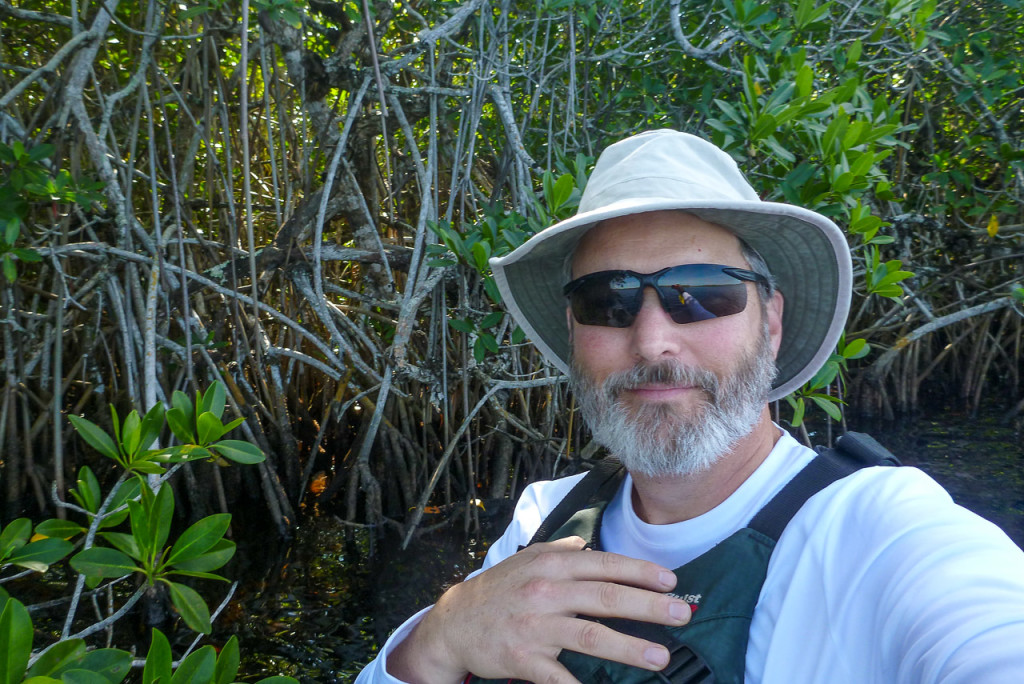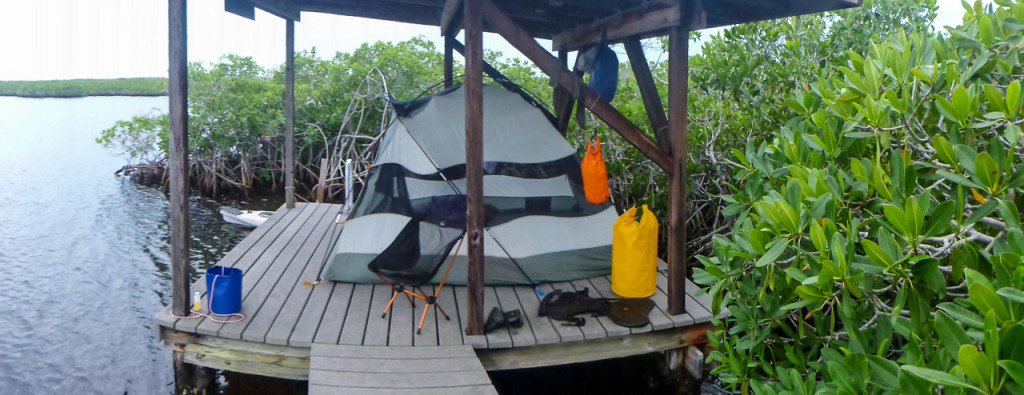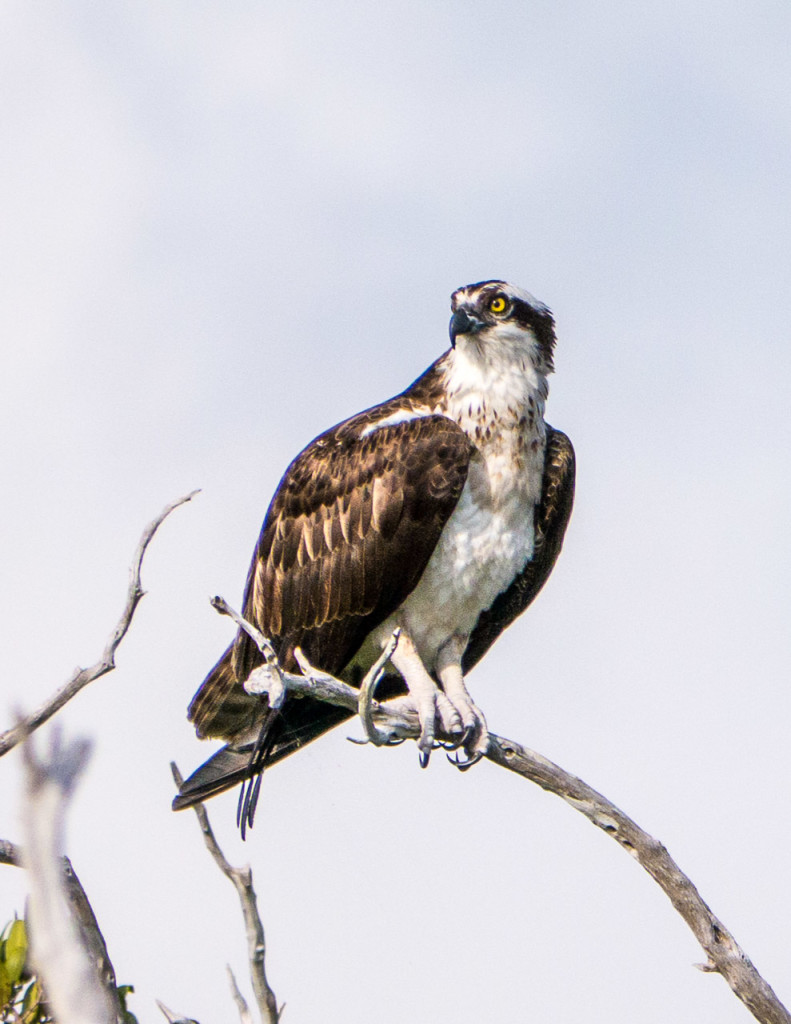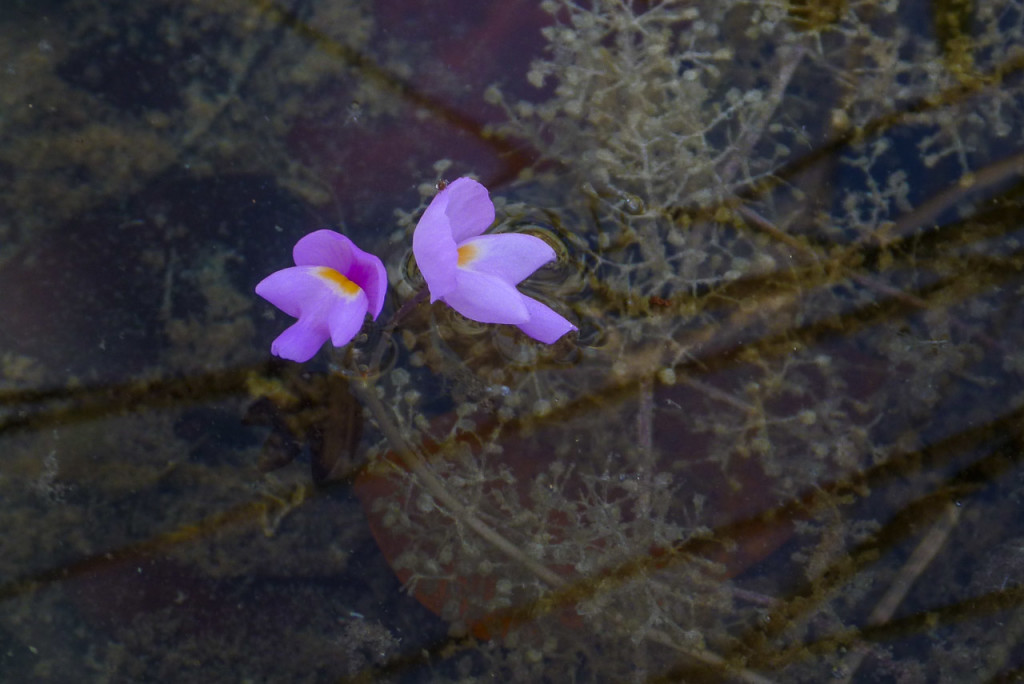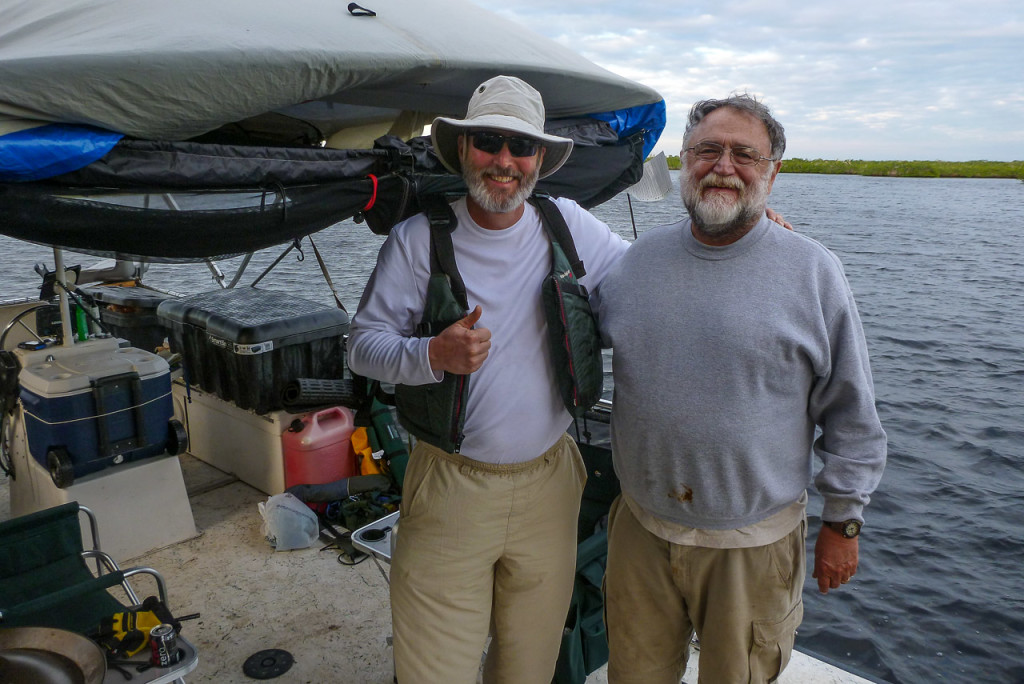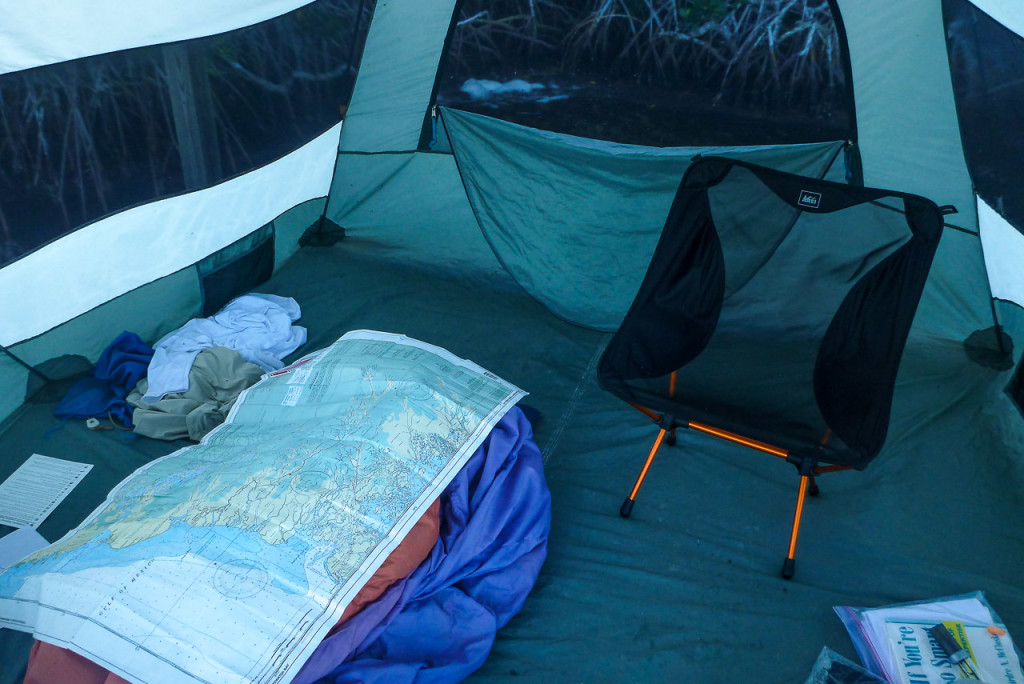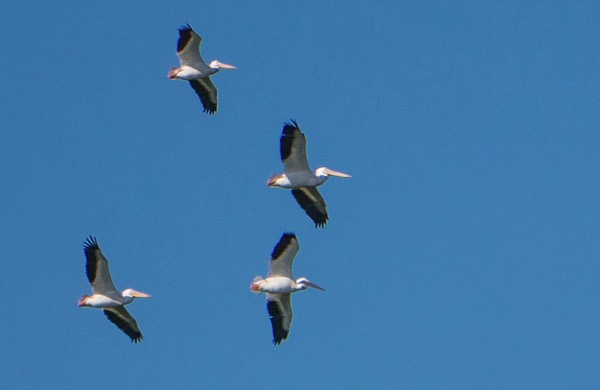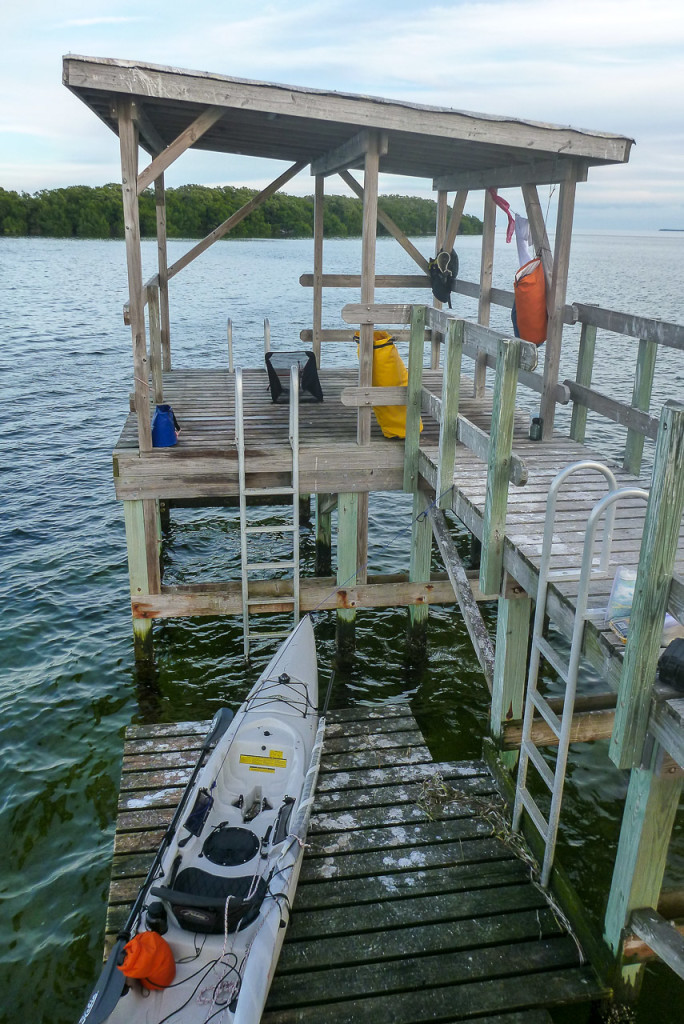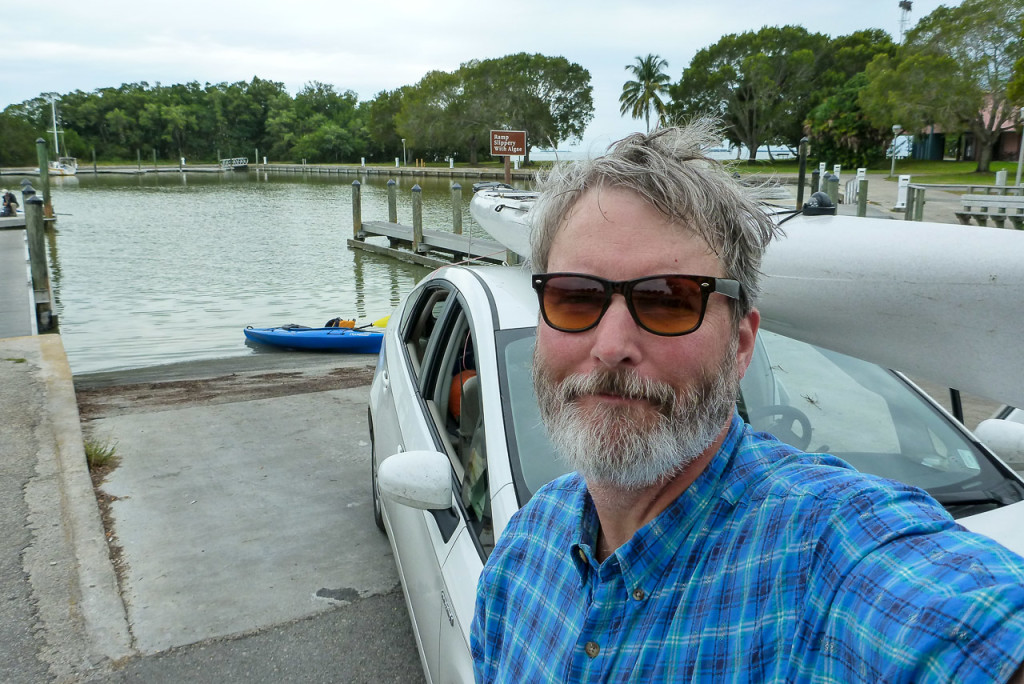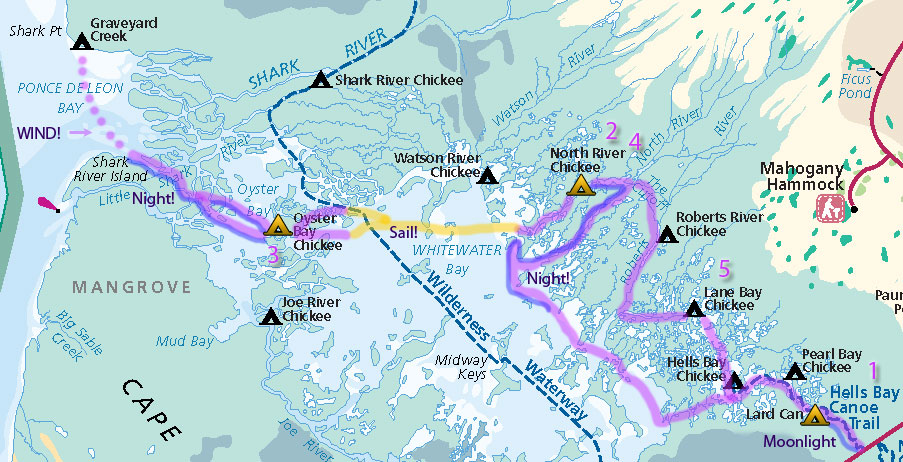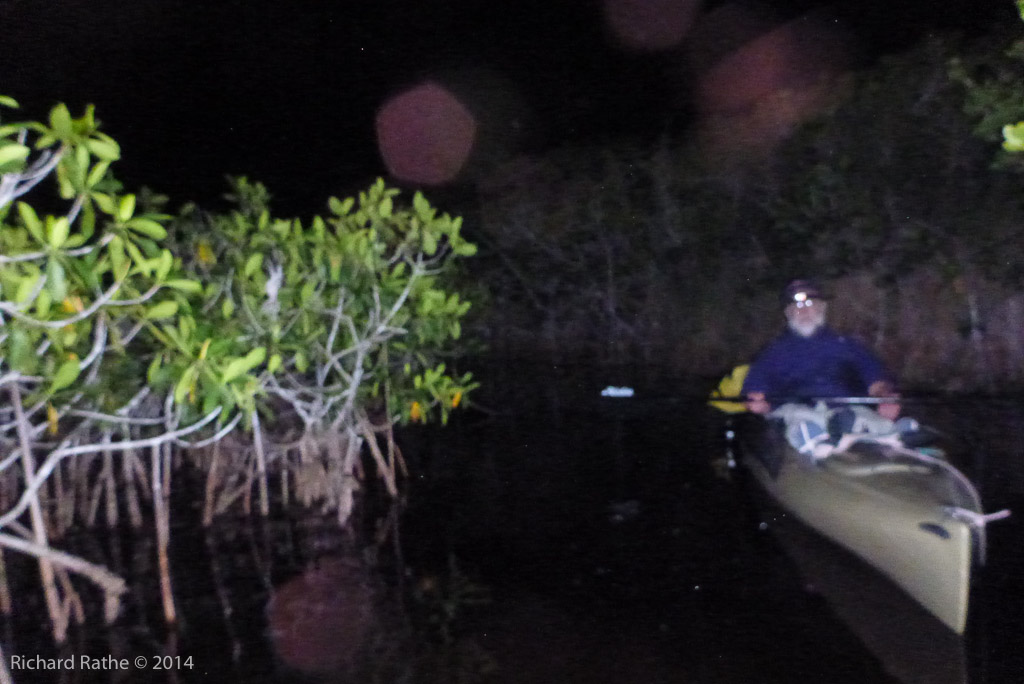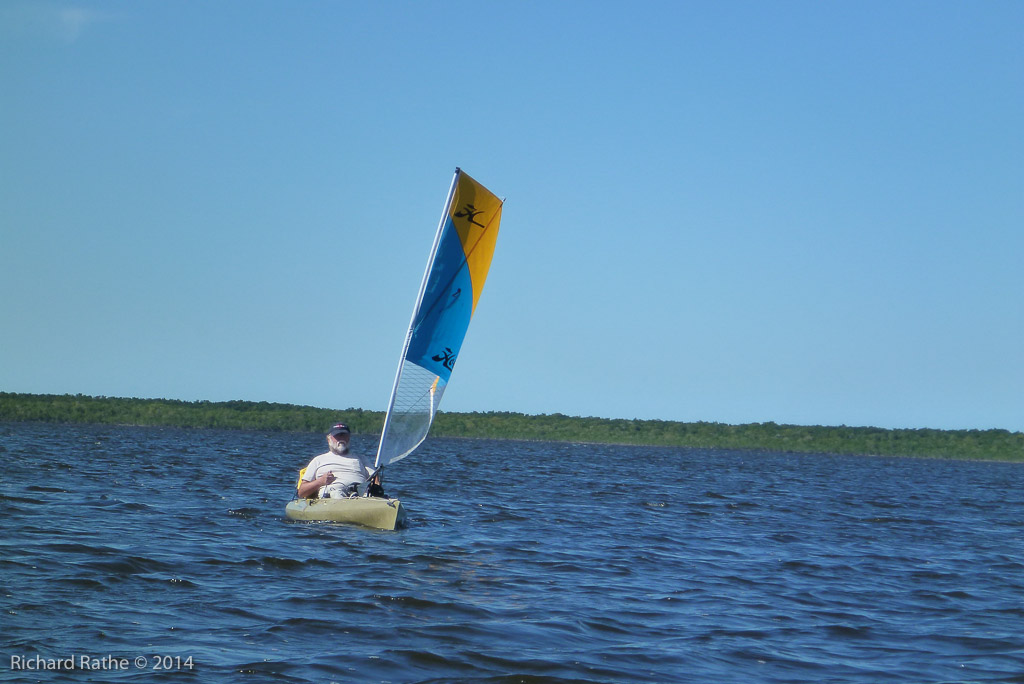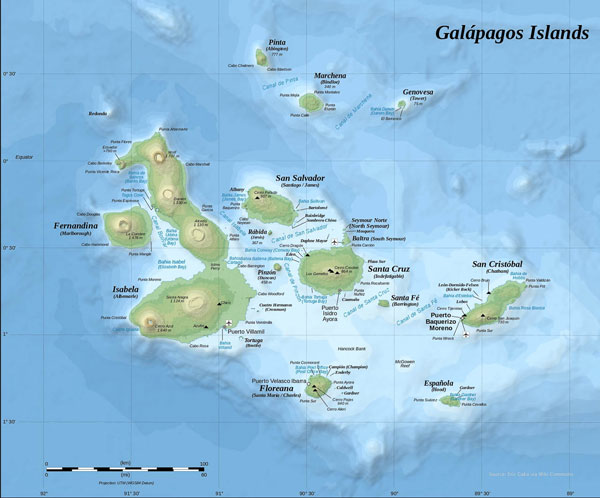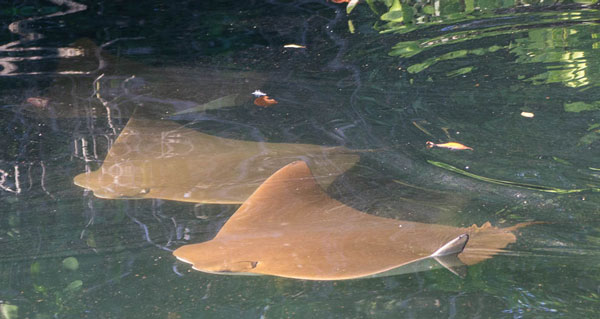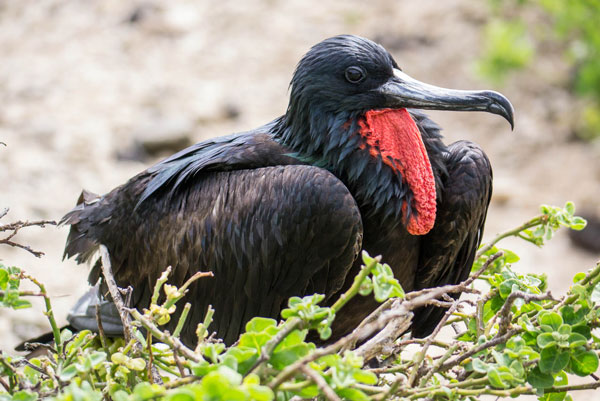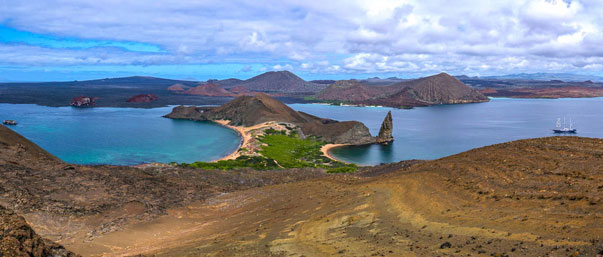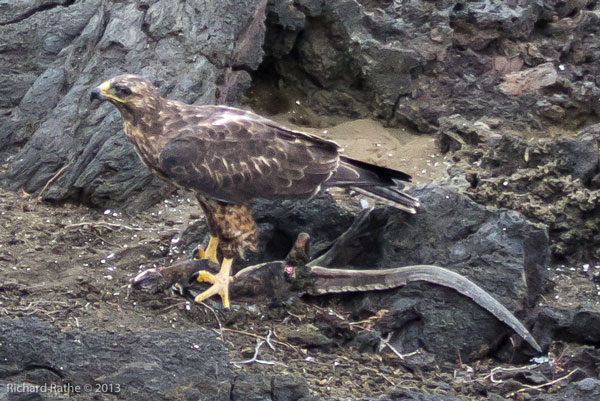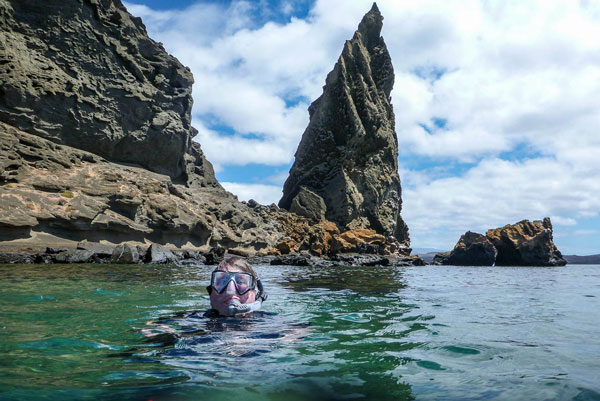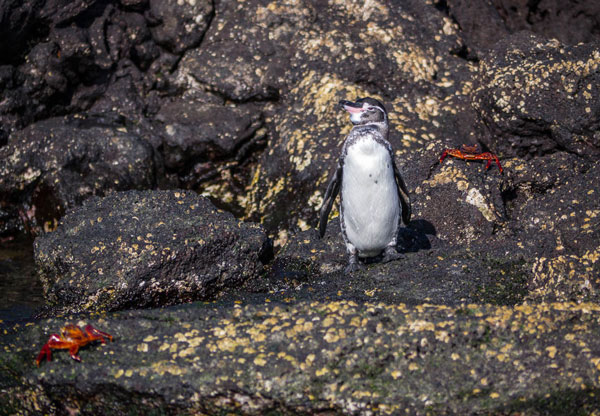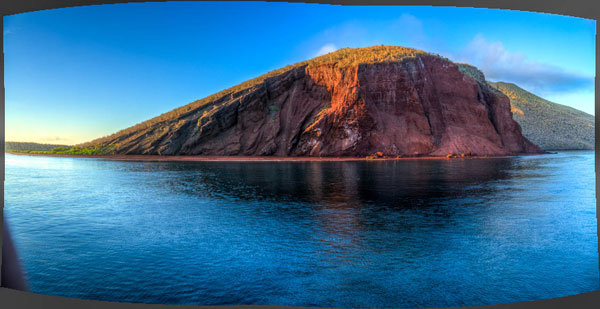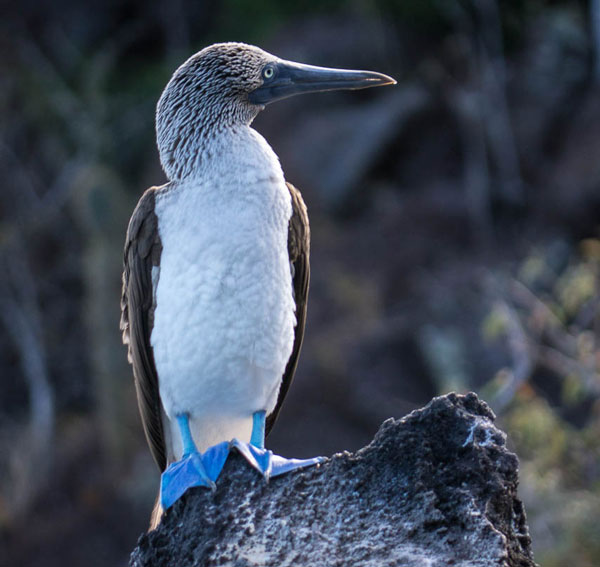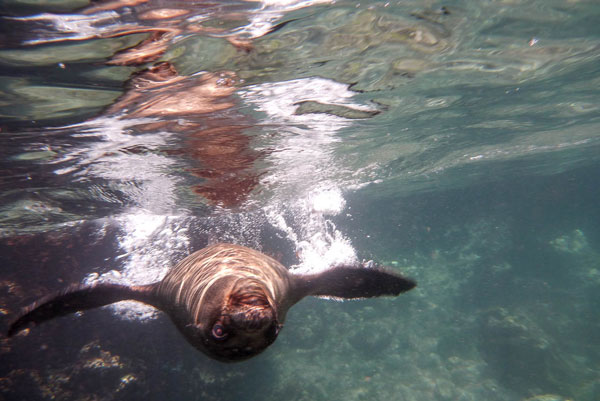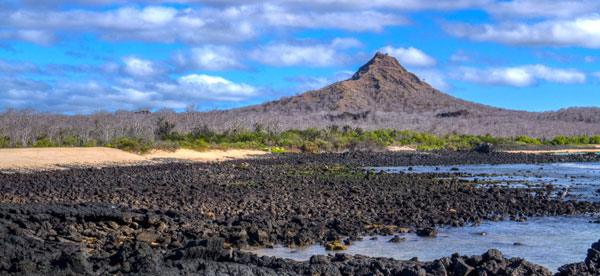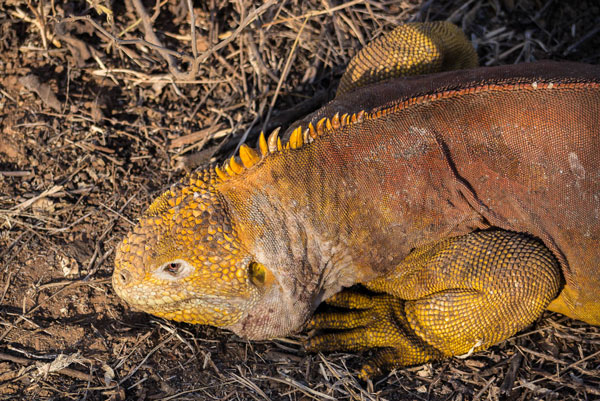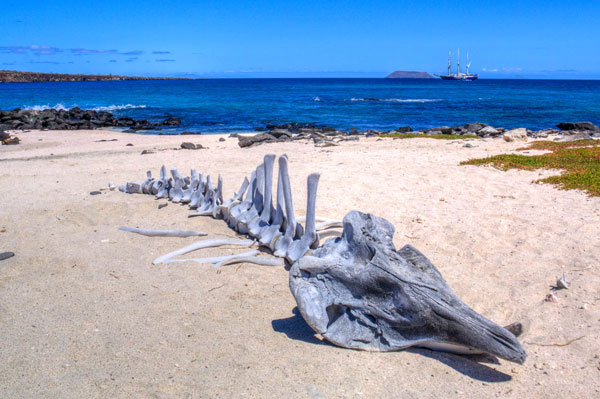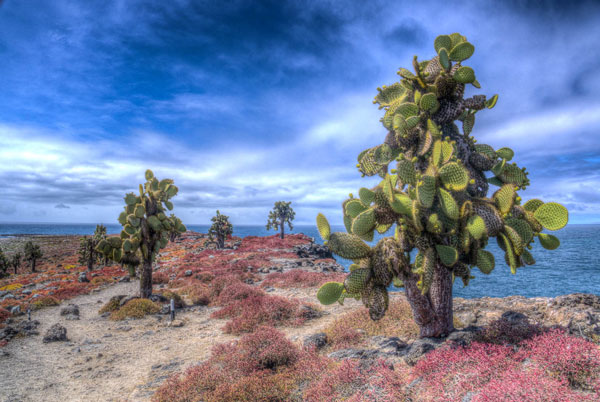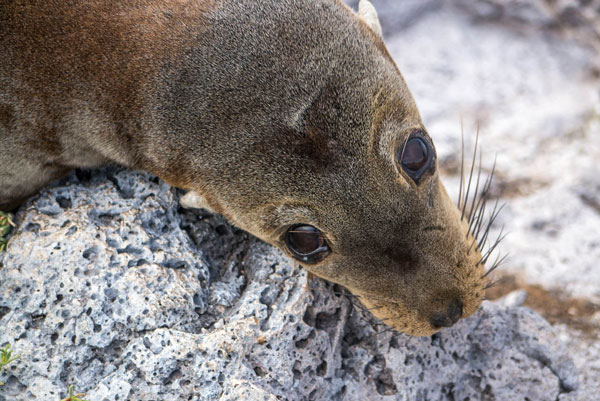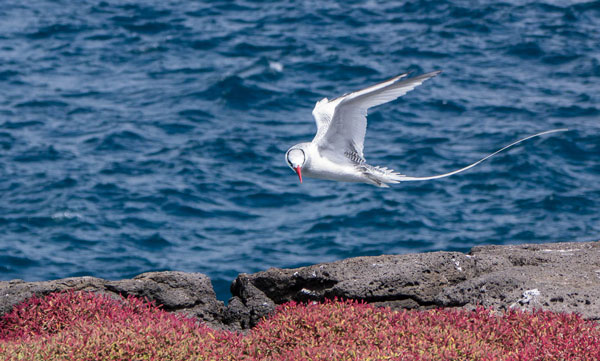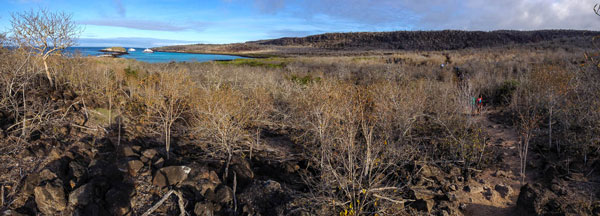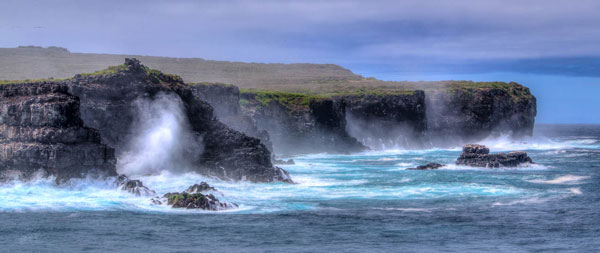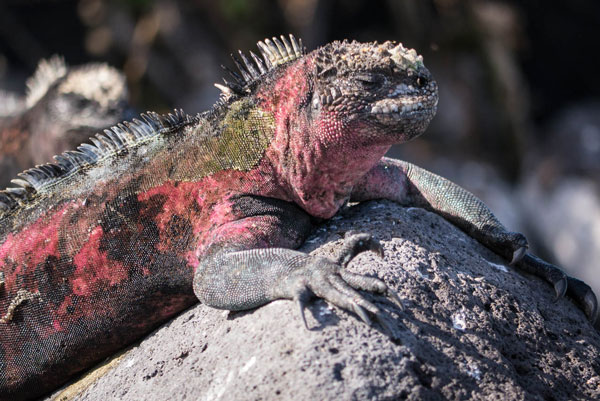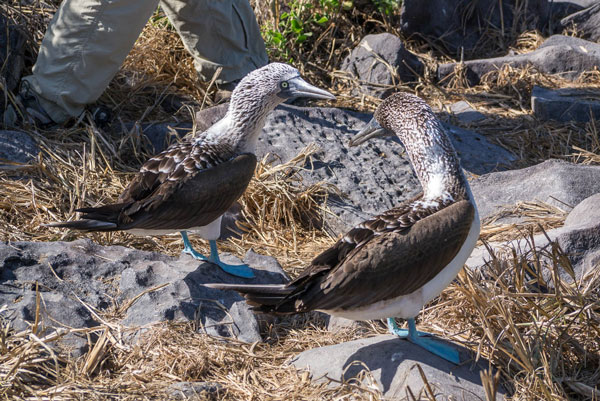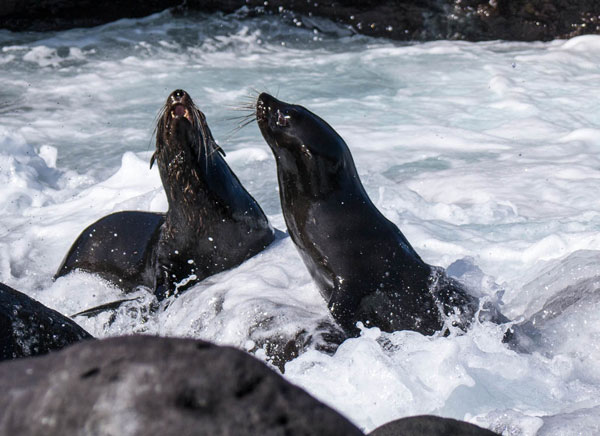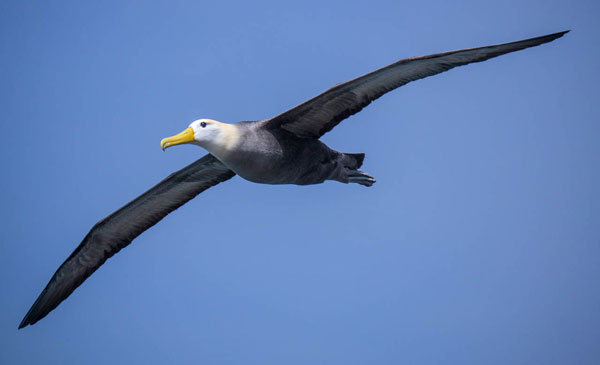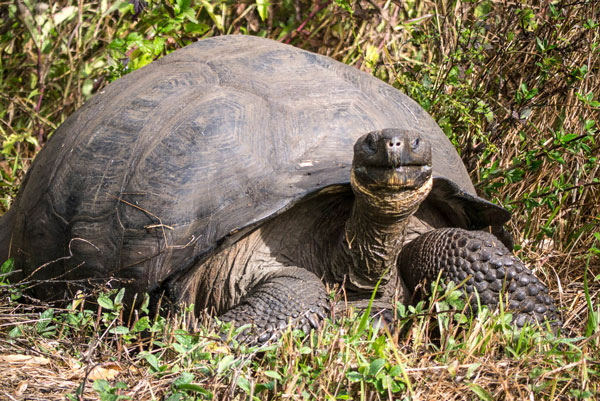My eighteenth trip and my first solo! I finally made my way around Cape Sable, and explored some new places along the way… [Gallery]
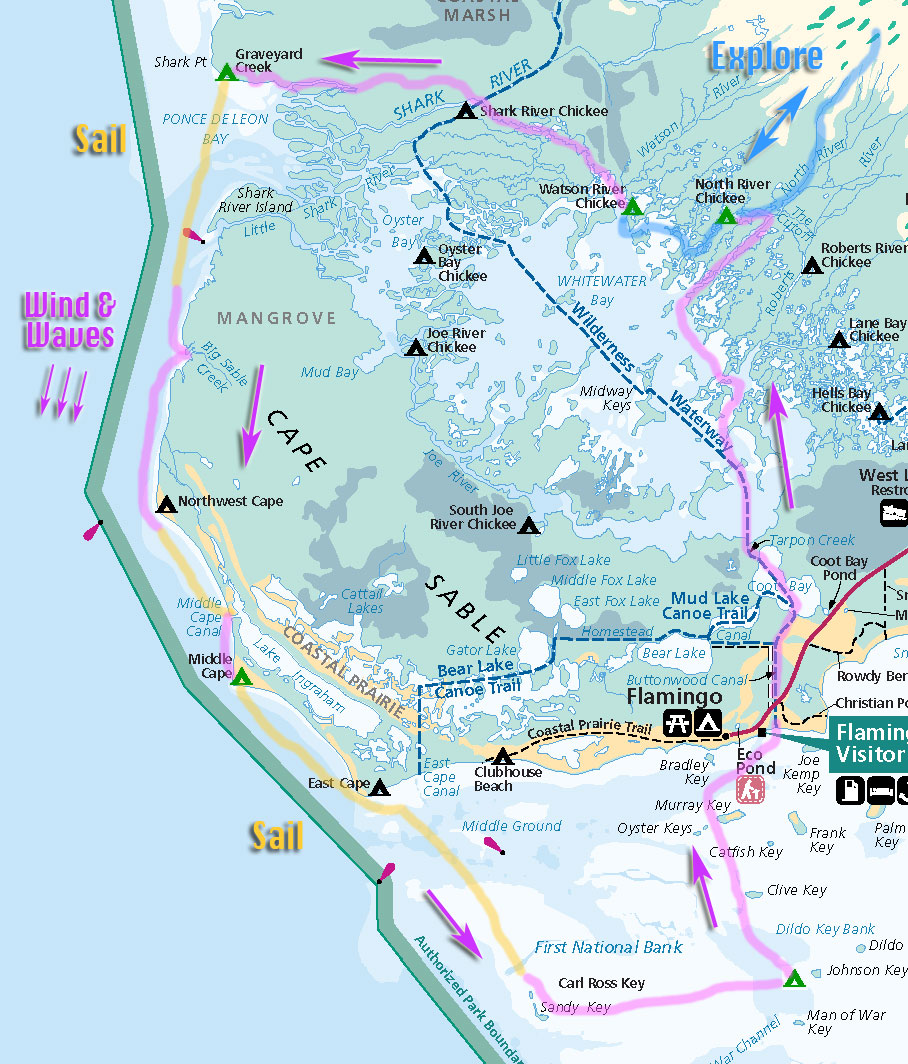
I started out at Flamingo, where the marina is split in two by a dam. I put in on the north side and proceeded up the Buttonwood Canal to Coot Bay.
From there it was a fairly uneventful trip up to the North River Chickee.
Saw this lone Osprey next to his nest right at the confluence of the two main channels. I think he was trying to attract a mate.
The next morning I loaded up as shown here…
[Note the two items behind the seat, foul weather gear in the orange bag and my big camera in a black waterproof box. This made both accessible without much turning.]
…and headed northeast up one of the many channels of the North River…
The Bladderworts (carnivorous plants) were blooming.
I went as far as I could go and almost lost a shoe in the mud. Got a bit lost on the return trip. It was a real maze! I made it back to the chickee just in time to share dinner with my friend Larry Rooks and his cousin who were on a fishing trip with a powerboat. Serendipity!
After dinner I skedaddled and made it to the Watson River Chickee just as darkness fell. The bugs were out so I retreated to my extra large tent and sat in my backpacker’s chair. Like having my own private screen porch….Sweet! There was no moon so the stars were brilliant, especially Orion and Sirius.
On the third day I headed up through The Labyrinth on my way to the Shark River.
Spotted my first White Pelicans soaring…
My plan was to stay as far north as possible and come down Graveyard Creek to the campsite at it’s outlet. This was a bit of extra work at low tide, but passible. The campsite was totally different from what I remember. It was overgrown and very buggy. I headed to the tent early, sat in my chair and read a book.
The next morning was something that had to be endured. There were hundreds, maybe thousands, of no-see-ums on the tent! When I finally got out, I was under attack the entire time I was packing up. The only relief came from walking about the site to keep ahead of the little bastards. Worst I’ve seen. I was so glad to get out on the water!
I began sailing almost immediately. and quickly crossed Ponce de León Bay (the mouth of the Shark River). Met another solo kayaker named Steve on the way. The wind increased and the waves grew until I judged it to be too dangerous to sail (15-20 knot wind, 2-3 foot waves). The coastline was rather uninviting, with a fence of fallen trees and no beach showing. At Big Sable Creek I found one little spot that got me out of the wind and waves. After that I had an uneventful peddle to Northwest Cape. This gave me a bit of relief from the waves so I decided to sail again. I tacked downwind at about ten knots ever watchful for an involuntary gybe. This became a real possibility due to the growing waves that changed my heading 30° or more in a few seconds. [Video] I put the sail down when I reached the Lake Ingraham Inlet (that’s Middle Cape in the distance below).
Once I reached the Cape I found a nice little campsite out of the wind with a view of the sunset. This was the only night I was not alone. There were two kayak parties and several fishing boats.
The next day I started out on a port tack and sailed almost all the way to Carl Ross Key without turning (something like 14 miles!). As I passed East Cape I looked up and saw the fluke of a Manatee as it dove. I planned to eat lunch there but then my rudder failed. So I peddled on and steered with my paddle. It wasn’t bad, I only had to put in a stroke every ten seconds or so. I ate lunch in the boat and cruised the eastern side of Carl Ross and the larger Sandy Key. The later is off limits to humans and as a consequence there were birds in abundance, including rare White Herons and Bald Eagles.
From there I crossed an enormous shallow bank for another ten miles to get to the Johnson’s Key Chickee. This one is a bit different, built higher (for the waves?) with a dock at the waterline. The place was filthy with bird droppings due to its location. I swabbed the deck with my bucket and my foot, and got my abode for the night tolerably clean.
The water was reasonably warm and very clear so I went for a swim before dinner. Afterward I just sat in my chair and took in the vistas. Beautiful place! While I was sitting there saw a Horned Grebe fishing for his dinner. In the near distance I could hear and see yet another Bald Eagle.
The next morning was spent mostly following a marked channel because everywhere else was too shallow. The floating seagrass kept fouling my drive. There were lots of White Pelicans feeding in small groups all the way across the bay. I arrived back at the marina but now on the low side of the dam. A easy finish to a great trip!

